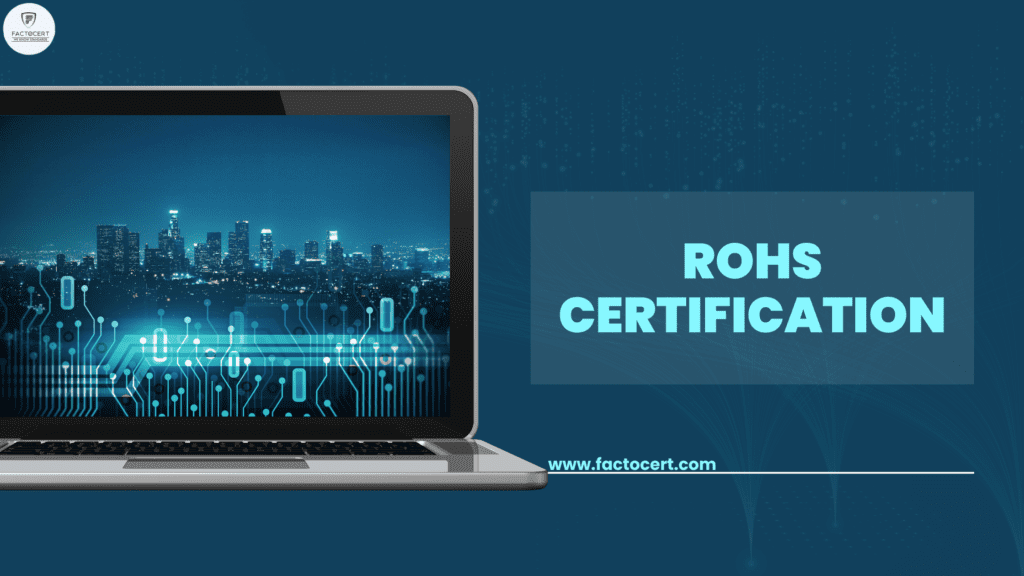RoHS compliance in Philippines, let’s figure out what RoHS is and why people think it’s essential. Restriction of Hazardous Substances is what RoHS stands for at first. The Directive 2002/95/EC is another name for it. It comes straight from the European Union, and its only purpose is to limit the use of harmful and dangerous chemicals found in most electrical and electronic products.
RoHS testing is considered necessary because some of the materials that aren’t allowed, as this article will explain, are bad for the environment. Most people know that they cause a lot of pollution in landfills and that making and getting rid of them can be dangerous for people who work with them.
RoHS Compliance in Philippines testing is now seen as one of the essential standard procedures for electrical and electronic component manufacturers, sellers, distributors, and recyclers, whether big or small. Even the equipment sold and used in the European Union is covered.
The main goal of the EU RoHS Directives is to limit or restrict the use of dangerous or harmful substances, especially in electrical and electronic materials. There are also medical devices and equipment for controlling and keeping an eye on things.
This directive is also a safety measure because it gives replacements and safer/preserved alternatives. This directive is meant for equipment with between 1000 VAC and 1500 VAC. It also has a set of eleven sections with things like light bulbs, medical devices, control and monitoring equipment, and household lighting.
Some labs have been set up to help customers ensure that the products are RoHS-compliant. They are experts at doing RoHS testing in a quick, trustworthy, and reliable way. On top of that, they check the different levels of the banned substances by analysing the materials that make up the product.
Most of these labs have the tools to test for RoHS regarding lead, mercury, cadmium, and hexavalent chromium. They also have to figure out if the total amount of bromine is less than the highest limit for the compound with the most bromine or if it is the other way around. So, it helps to determine whether the material meets RoHS standards.
Some of the things that labs that do RoHS Compliance in Philippines can do are
When products are tested, the primary materials that make them up are looked at.
- Some dangerous chemicals being looked at are lead, mercury, cadmium, hexavalent chromium, and bromine.
- Several improved ways to test.
- Spectroscopy and wet chemistry are two of the most common ways testing labs figure out how much of a restricted RoHS sample is in a test tube.
- RoHS usually sets aside a certain number of the maximum concentration values for each substance that can’t be used. Most of the time, these values are set at 0.1%. Cadmium, however, has a limit of around 0.1%.
Directive on RoHS
RoHS compliance testing is needed because several rules have been put in place. So, on July 1, 2006, the Restriction of Hazardous Substances Directive, or RoHS Directive for short, went into effect.
This set of rules was written in the European Union to protect people’s health and the environment from harmful substances. This is done by limiting the use of six dangerous and poisonous chemicals in electrical and electronic products.
The chemicals that are kept in check because they are dangerous, those are –
- 100 ppm Mercury (Hg)
- 1000 ppm Hexavalent Chromium (Cr (VI)):
- Cadmium (Cd): 100ppm
- 1000 ppm Polybrominated Biphenyls (PBB)
- Lead (Pb): 1000ppm
- 1000 ppm Polybrominated Diphenyl Ethers (PBDE)
- Bis(2- Ethylhexyl) phthalate (DEHP): 1000ppm
- 1000 ppm Benzyl butyl phthalate (BBP):
- 1000ppm Dibutyl Phthalate (DBP):
- DIBP, or diisobutyl phthalate, 1000ppm
To say that a product is RoHS compliant, it must pass several RoHS compliance tests that look for certain elements. Aside from that, the product’s homogenous ingredients are checked for the levels and amounts of the above dangerous chemical species. Most of the time, these test labs are expected to do an initial screen test of RoHS to see if there are supposed to be significant amounts of any of the above substances.
Why is RoHS compliance in Philippines Important?
Getting RoHS compliance in Philippines should be a top priority for organizations that must show their stakeholders that they can quickly fix operational problems to keep providing good service. When an organization gets RoHS compliance in Philippines, it joins a small group of companies committed to business resilience.





